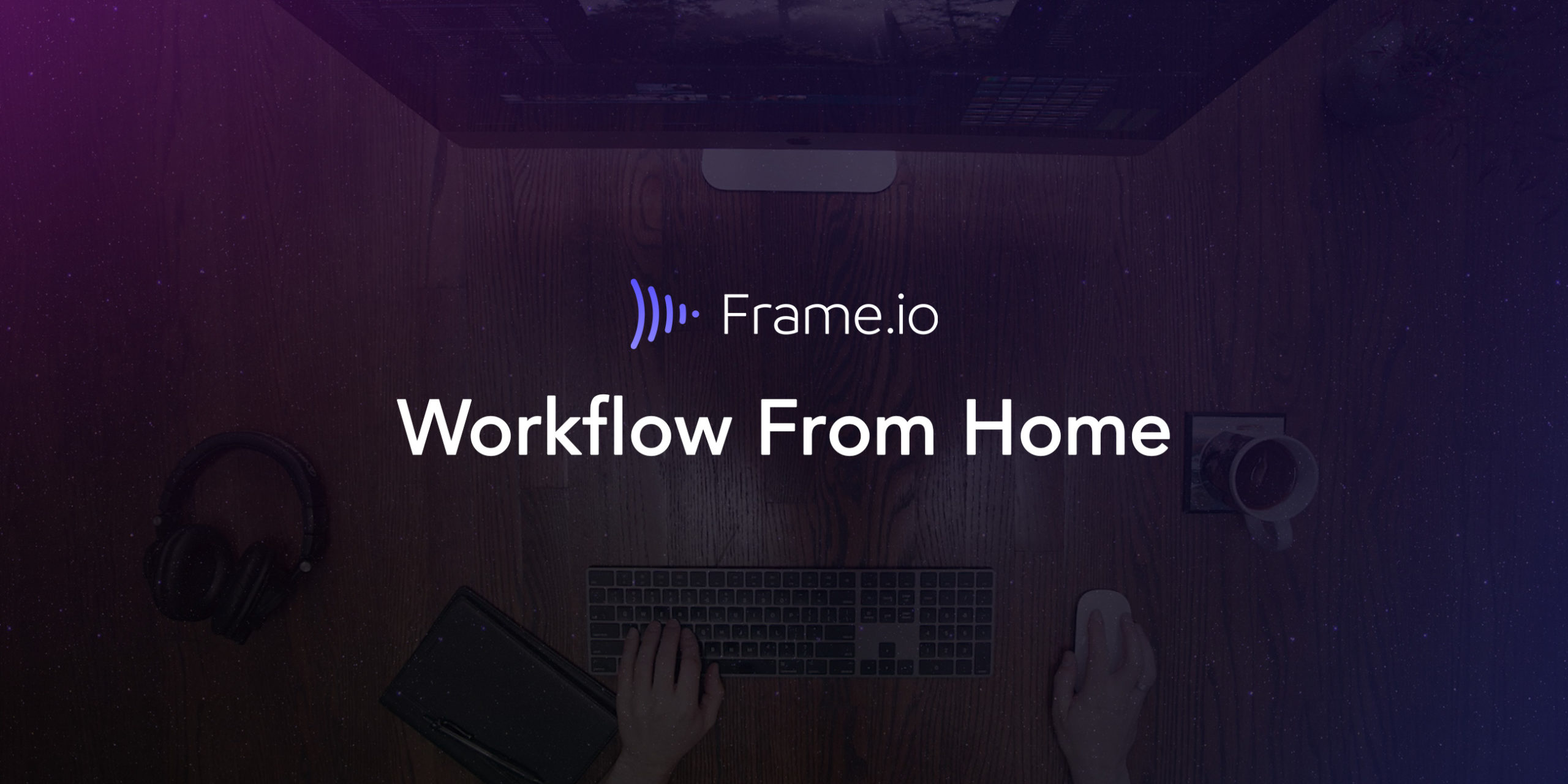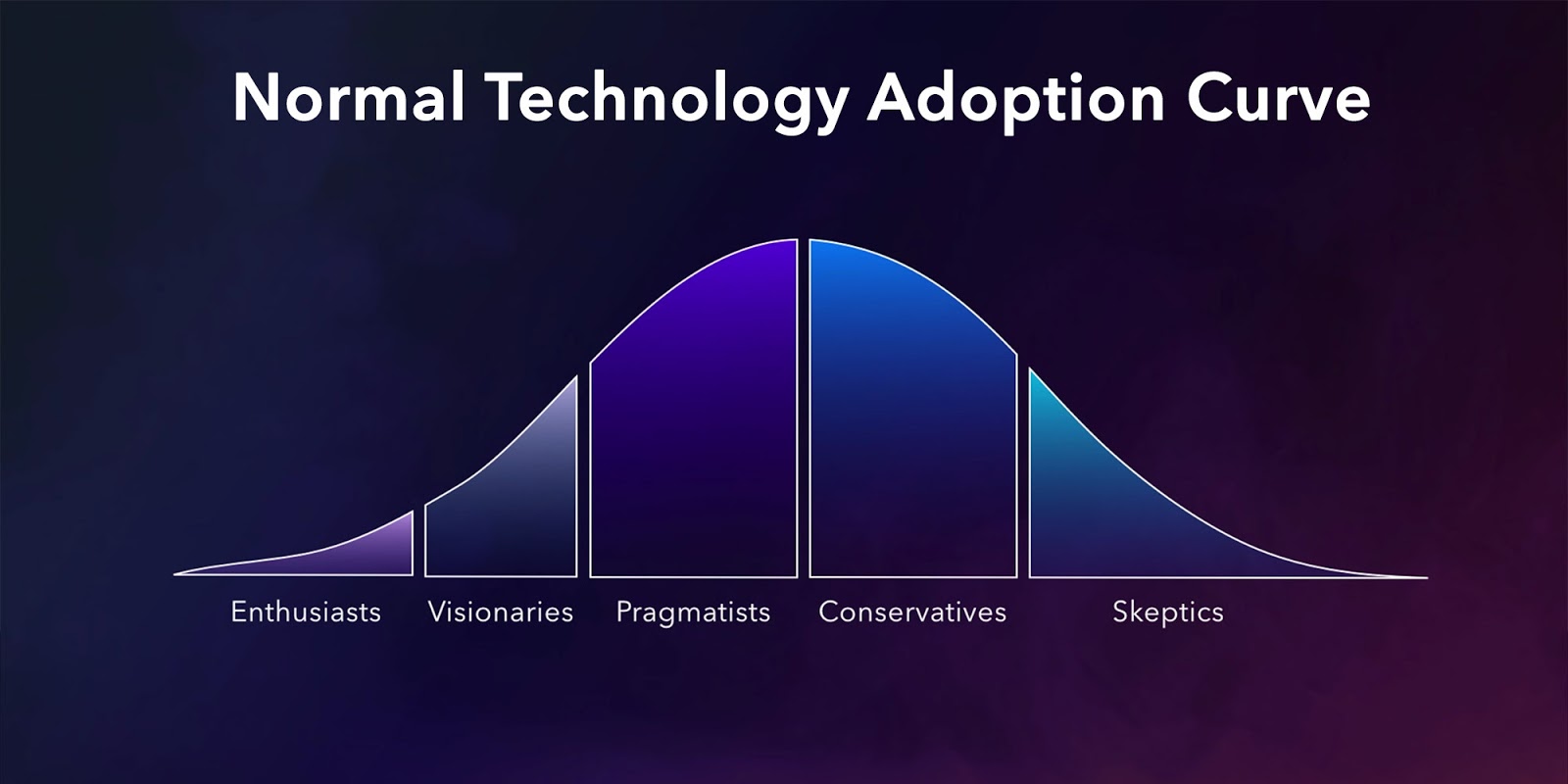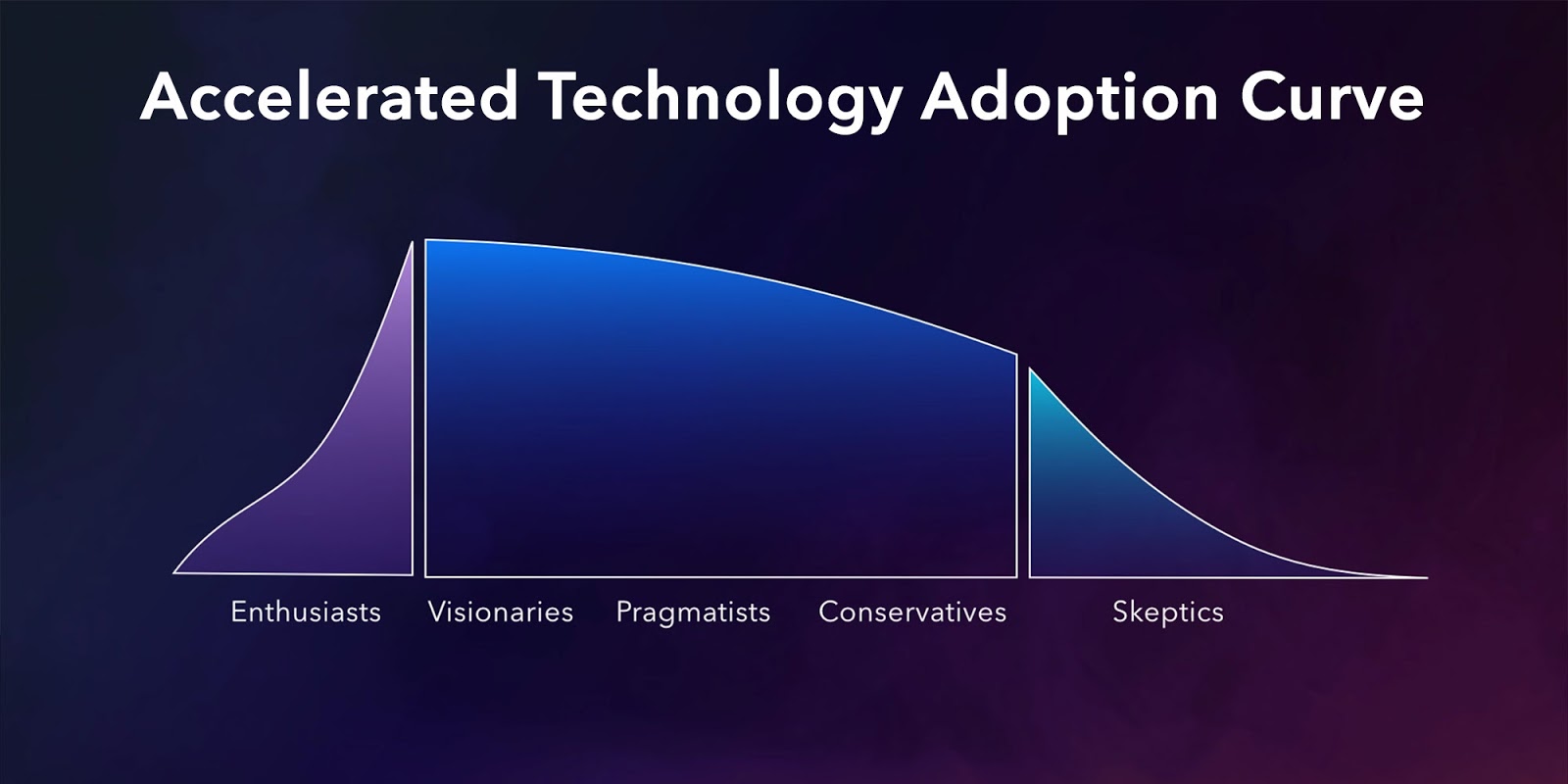It’s fair to say that millions of us will likely remember 2020 as one of the most challenging years in modern history.
The global pandemic that cost people their lives and their livelihoods and brought the media and entertainment industry to an abrupt standstill will certainly help seal its rightful place in history.
But the end of 2020 not only gives us a chance to look ahead, it also brings the opportunity to reflect on this tumultuous year in a slightly different way.
If you were affected by the sudden shift to remote work, you might recall that we created a series called Workflow from Home to help you get comfortable with new or unfamiliar processes.

Almost exactly six months ago we completed the series with Episode 13, titled Where We Go From Here. In it, we took a look at the past and made some predictions about the future of the industry and how it would forever change.
So if, as we noted in Episode 13, major catastrophes can be catalysts for seismic change, then it’s important to look back at 2020 to see just how much we’ve learned over the past nine months—and how it’s catapulting us into a future of newer, and better, ways of working.
Foresight is 2020
As we’ve discussed in previous articles, the conventional adoption curve for new techniques and technology has, in the past, tended to be…deliberate.


The timelines and qualitative expectations of motion pictures and episodic series can be challenging and costly—which is largely why many creatives are hesitant to depart from tried-and-true tools and workflows. But the expression “necessity is the mother of invention” was never more relevant than when our industry needed to quickly react to the new reality of working in quarantine.
One of our earliest findings was that those creatives and companies who pivoted most effectively to remote work were the ones who were the earliest adopters of cloud-based solutions.
For the rest, it was a bit of a leap of faith—and one that proved to be well worth taking. The truth is, we’ve heard from people across the industry that adopting either full- or hybrid-cloud solutions have not only made it possible to keep working, but have also yielded a wide array of unexpected benefits that include an improved work-life balance, increased communication and productivity, and the possibility of living outside of the expensive production hubs like Los Angeles, New York, or London.
From VFX studios and post facilities to the Biden For President campaign, we’ve observed the successful shift to distributed or remote workflows—and most industry experts agree that these new adaptations are here to stay. Since the pandemic began, we’ve seen examples of large-scale, VFX-intensive shows like Star Trek: Discovery shift to a fully remote post-production workflow.

We’ve also seen feature films like Michael Bay’s Songbird pioneer an IATSE-crewed, COVID-compliant production, achieving a safe work environment by reducing crew size and creating a leaner and more nimble workflow.
Back in June, it was the first union feature to do so, but it provided a proof of concept for how productions could get back up and running. And although on-set costs can be higher as a result of production insurance and COVID safety protocols, there are other savings—fewer people traveling to sets, quicker turnarounds between production and editorial, for example—that help offset those costs.
A new era for distribution
Even before the pandemic, VoD had begun to have an impact on the industry financially and creatively.
Everything we’ve observed in 2020 supports the idea that new distribution paradigms will create a sea change in the way we consume content. As theaters have closed—and somewhat shakily reopened—we’ve seen a major shift to VoD.
Look, for example, at the success of the Trolls World Tour at-home rental release on April 10. At a price of $19.99, the VoD release garnered $100 million. While that was less than the box office take of the first Trolls film (which took in $153 million in the same period of time), once you consider the cut that theaters take, Universal Studios ended up reaping similar profits.
After that, a spate of films were released direct to video including Disney’s Artemis Fowl and Warner Bros. Scoob! in May; Spike Lee’s Da 5 Bloods in June; and Disney’s Hamilton on July 3.
And here’s where things get interesting. Hamilton was originally slated for theatrical release in October 2021. So why did Disney release it to Disney+ on July 3, 2020? To attract subscribers.
With other original content intended for Disney+ delayed by the hiatus in production from COVID, they counted on Hamilton to drive signups—resulting in a 74 percent increase over the previous four weeks.
And then there’s the phenomenon that was Mulan. After an original release date of March 27 (and two subsequent delays), Disney made the decision to release it on September 4 for a $29.99 additional charge. Not only was it a departure from the usual theatrical release model that keeps movies in theaters for 75 days before making them available to stream, CNET reports that until the pandemic, Disney had garnered more of the top box-office blockbusters in the last five years than any other studio.
Mulan was all set to be another blockbuster, but with the uncertainty surrounding the future of theatrical releases, Disney made a smart bet. Like Hamilton before it, Mulan proved that not only would more than one million subscribers pay the additional fee, it also saw another 68 percent increase in subscribers.
Let’s compare that with the US theatrical release of Christopher Nolan’s Tenet on September 3 by Warner Bros. Both movies carried hefty $200 million budgets, but Tenet’s total US box office barely reached $30 million.
The difference is that by releasing Mulan over Disney+, Disney didn’t have to share the $35 million it earned with the theater operators, making that a net take—and demonstrating that streaming isn’t going anywhere. Disney+ currently has more than 73 million subscribers, while Netflix is approaching 200 million and Amazon claims 150 million subscribers.
Since then, and with a second wave of COVID arriving just in time for winter, it’s no coincidence that the other studios are betting on the profitability of streaming.
On December 3, 2020, Warner Bros. announced that they’ll release their entire 2021 slate, beginning with Wonder Woman 1984, on HBO Max in tandem with their theatrical releases.
It’s another huge shift away from the model that’s been the norm since basically the Spanish Flu epidemic 100 years ago.
So what does that tell us?
Well, for one thing, new methods of distribution mean that the door is re-opening to more independent creators. If you look at filmmaking prior to the 2000s, there was a wide variety of independent films available in theaters.
But then came the age of the tentpole release, with visual effects extravaganzas like the Marvel Comic Universe franchises and the CG offerings from Pixar and Dreamworks dominating the theater space. The viability of streaming services has now been cemented, and studios like Amazon and Netflix are enabling filmmakers to create top quality content on significantly lower budgets.
Look, for example, at some of the recent streaming releases. David Fincher’s Mank (produced by Netflix for an estimated $20-$30 million) and Spike Lee’s Da 5 Bloods (again, Netflix, for $35-$45 million) cost a small fraction of Wonder Woman 1984 or Dune’s reported $200 million budgets.
And if you had any doubt that the internet is the new conduit to distribution for unknown or first-time directors, take a look at Mark Wilson’s 2019 low-budget thriller Wade in the Water. This film took only 17 days to shoot and garnered him an award for Best Dramatic Feature at The Hollywood Reel Independent Film Festival, along with the attention of horror master Stephen King.
WADE IN THE WATER (Amazon Prime): No big FX, no expensive sets, but two pretty exceptional performances. It's a little movie with a big heart.
— Stephen King (@StephenKing) December 4, 2020
It’s a win for studios, filmmakers, and audiences, whose appetite for new content is at an all-time high.
Democratizing technologies
Which brings us to the impact that this pandemic continues to have on our industry technologically.
The push to develop increasingly accessible and affordable hardware and software are also democratizing how content is created and consumed.
Consider the power of cloud-based technologies combined with some of the newest innovations. Frame.io, for example, now supports HDR playback in iOS, meaning that not only is it possible to watch captured material quickly and accurately on iPhones or iPads, it’s also now possible to conduct color grading sessions from remote locations.
The iPhone 12 enables capture in HDR10 or Dolby Vision, so when you look back at some of the successful films shot on iPhones— the critically acclaimed Tangerine on iPhone 5s in 2015 and Michel Gondry’s 2017 Detour on a 7 Plus—the possibilities are wide open.
Content captured in ultra-high resolutions (4K and above) in HDR is supported by the streaming services and becoming consumable at home—or on mobile devices. For Mank, shot at 8K in HDR, it’s actually an ideal viewing situation.
There’s also the new RED KOMODO, used on Songbird. When RED president Jarred Land says that he owns every camera they’ve made but the KOMODO is his new go-to, you know they’re on to something special.
Weighing in at just a little over two pounds with a global shutter, it’s a 6K powerhouse that allowed the Songbird crew to stay lean and socially distanced while creating a theatrical blockbuster-quality feature.
Another huge factor in the technology landscape is the growing availability of 5G. The evolution to 5G will dramatically increase transfer speeds, allowing large (as in camera-original) files to be easily moved into the cloud for immediate and accurate viewing or editing.
To say that 5G and the cloud will be the next big game changer for remote production and collaboration is an understatement.
Change for the better
At the end of last year, no one could have imagined that the way we live and work would change as drastically or as rapidly as it has in 2020, but big challenges can cause big—and often beneficial—changes.
If you look at the period between March and June, and at how quickly we all responded in order to get our industry working again, what happened was amazing and transformative.
From getting round-the-clock news shows to nightly entertainment to feature films working remotely was an astonishing feat. Throughout the summer and fall, we were able to normalize our new safety guidelines and stabilize our remote workflows.

And now, here we are in December, realizing that the biggest takeaway is that the events of 2020 forced us out of our comfort zone, and proved that what we thought was the right (or the best) way of working could actually get better.
2020 was like the slingshot that propelled us into a new way of creating—and even with the vaccine arriving and the prospect of being able to work unhindered again, we’ve learned too much to go back to the old ways.
So as we look ahead to 2021, I’m personally incredibly optimistic that it could be one of the most rewarding our industry has seen in terms of boosting creativity, productivity, and distribution.
We’ll be able to take the knowledge we’ve acquired and apply it, and (I hope) keep sharing what we’re learning to make our industry stronger and more flexible, and the way we work more efficient, more secure, more humane, and more sustainable.




